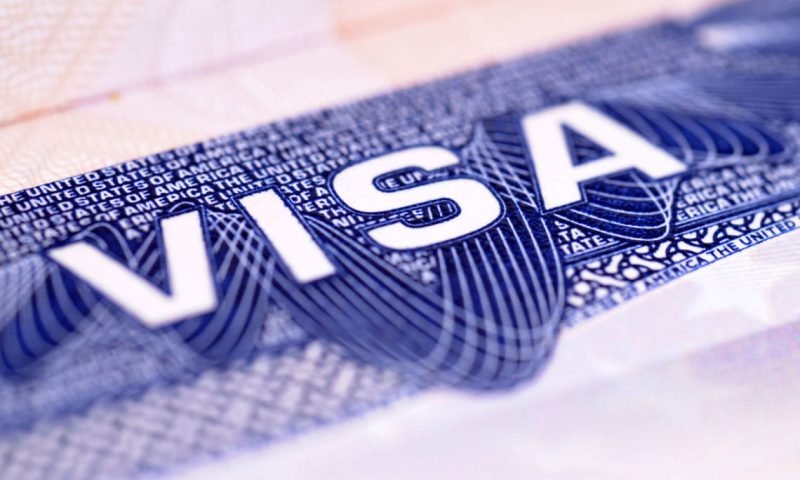
Ways of Getting a Family Sponsored Visa in the U.S
Family-Based Petitions allow U.S. Citizens and Green Card holders to sponsor a family member or relative to immigrate to the United States. However, grandparents, cousins, aunts, uncles, parents-in-law, and other extended family members are not on the list. If you are looking into the option of filing a petition for a fiance from a foreign country, then you might want to check online references like Ashoori Law K1 Visa guide. We will also be discussing some ways you can get your immediate relatives to be sponsored and become U.S. citizens as well.
Beneficiaries who fall into the “family preference” category are subject to annual limits or quotas on visas, both an overall limit and a per-country allotment. More people apply every year, and this leads to long waits, particularly from countries with high populations and levels of interest in immigrating.
Waiting Period

Immediate relatives being petitioned do not have to worry about getting their Green Card approved. They may be a long wait, but rest assured that the U.S. Citizenship and Immigration Services or USCIS is processing the request. There is an annual limit on how many green cards are given out.
Every year, an enormous number of applications are being submitted for permanent residency in the United States. No one can say precisely how long each preference-category applicant will wait. The waiting period may be relatively short; in others, the wait spans decades.
The “Family Preference is divided into several categories, and they are:
First Preference (F1) – unmarried sons and daughters of Green Cardholder of any age. The beneficiary must be “unmarried” when the petition is filed.
Second Preference (F2) – spouses (same-sex or opposite-sex) minor children, unmarried sons and daughters (age 21 and above) of U.S. Citizen. Children who are divorced are considered under the status of unmarried.
Third Preference (F3) – Married Sons and daughters of Green Card holder, their spouses, and minor children.
Fourth Preference (F4) – Brothers and sisters of a U.S. Citizen, their spouse, and small children. Half-brothers and half-sisters, as well as adoptive siblings, are eligible too under this certain category.
Processing the Petition

The process starts with the U.S. citizen or Green Card holder petitioner preparing and filing Form I-130. This form is known as the Petition for Alien Relative. This form is downloadable and is issued by U.S. Citizenship and Immigration Services (USCIS). You can go to their website to download a copy.
If your relative is overseas, he/she should choose the closest embassy or consulate that processes immigrant visas. They can visit the website to know more about the requirements they need to present upon processing a request for a Green Card.
Some attorneys recommend that the U.S. Citizen filing the petition should also execute and submit the Affidavit of Support, Form I-864, and supporting documents with the I-130, rather than waiting until it is later requested.
Once the U.S. Citizen has satisfactorily met the requirements, the USCIS Approval Notice will then follow. The letter also provides information on where the case has been forwarded to and will be processed.
Importance of Legal Help for Sponsoring a Relative
It is recommended that if you are planning to sponsor a relative to come to the U.S., you should at least consult with an attorney to guide you with all the documents needed.
Foreign countries have different processes when it comes to filing petitions for Green Cards. It would always be a good practice to check the local consulate or the nearest U.S. embassy in your respective country. Some countries even offer call center support for people who are looking into filing for Green Cards.




